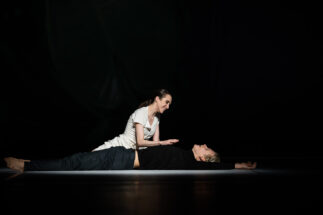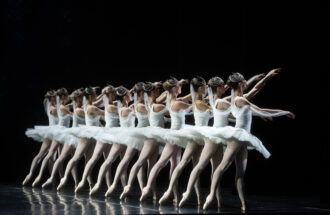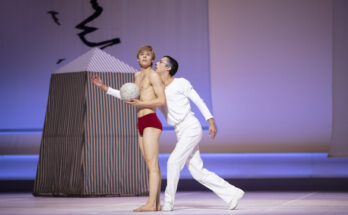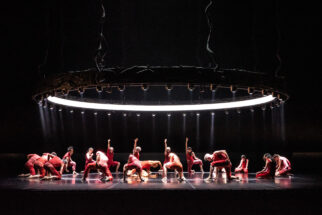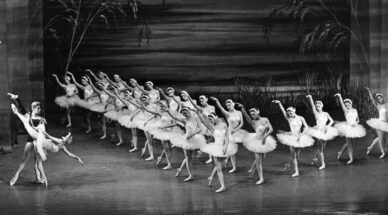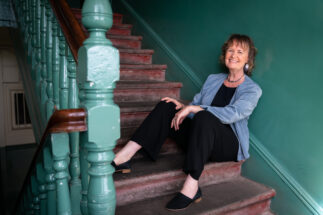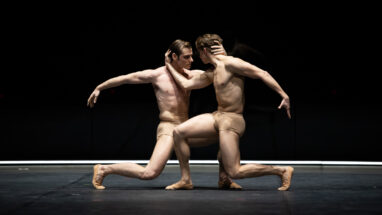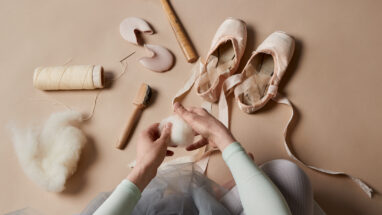

”I wish that one day someone would develop a ballet shoe that felt just like a sock”
Ballet shoes are the single most important tool of the ballet dancer. Tuukka Piitulainen, 1st soloist dancer with the Finnish National Ballet, tells about his relationship with ballet shoes.
When I was 5, I announced to my parents that I wanted to start dancing ballet. No one knows where the idea came from, but my own theory is might have been the children’s programme Pikku Kakkonen, which used to showcase different hobbies. We couldn’t find a beginners’ ballet class for boys to start with, so I was put in an acrobatics group for the first three years. I enrolled at the Ballet School of the Finnish National Opera and Ballet at the age of 8, but continued to study gymnastics up to a competitive level, too.
I was an athletic and hyperactive child with a compulsion for anything involving romping around. Besides school, I would spend all my waking hours doing exercise, and I would’ve wanted to keep all my hobbies. At some stage, however, I had to make a choice. I remember that, between 12 and 14 years of age, my days were booked up from 7 in the morning to 9 at night, first with school, then ballet, then gymnastics. That wasn’t very healthy I guess. I also played violin at a conservatory of music. I gave up the violin when I was 15, which I think meant not passing the final exam of the basic studies.
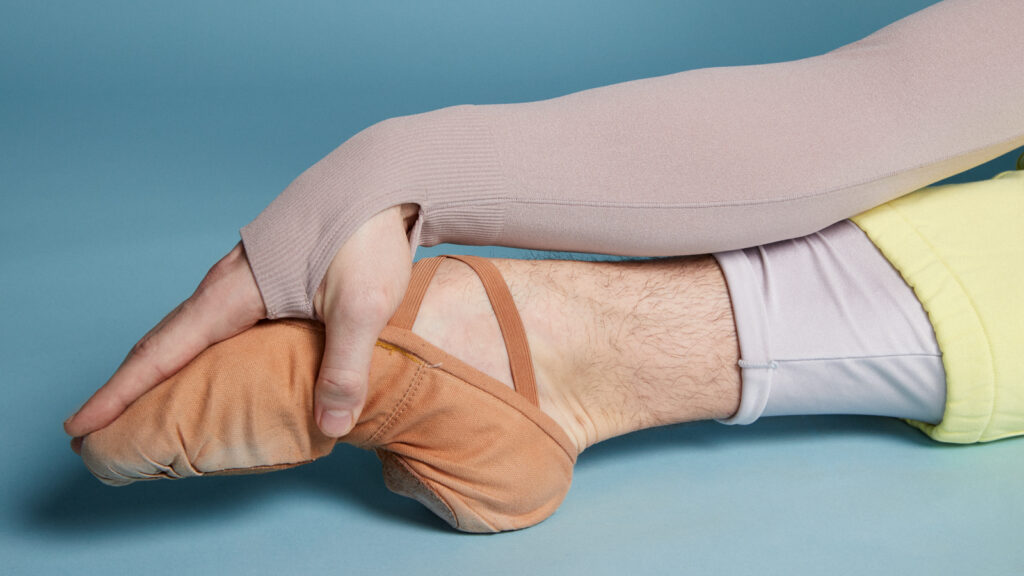
To me, ballet shoes are just something I put on for ballet, nothing more. Other boots and shoes in which I dance, however, are seriously challenging, however. It’s a real battle to make them comfortable, as I have particularly large calves, so we must modify the shoes quite a bit with our in-house shoemaker. They are stretched and dismantled where necessary, and new fabric is added to certain parts.
I like dancing barefoot, as I enjoy moving like that. In summer, too, I take my shoes off whenever I can. When I dance ballet, my aim is to have good traction with the floor. I wish that one day someone would still develop a ballet shoe that felt just like a sock.
I have never tried on pointe shoes and I wouldn’t want to either, so I have a lot of sympathy for female dancers. The closest I’ve come to that experience, I think, is wearing climbing shoes, which really squeeze your toes together. When you buy new climbing shoes, you can only wear them for about five minutes before you have to take them off; they feel so tight. I don’t know whether they can be compared to pointe shoes, but they certainly hurt! I seems incredible to me that on top of the pain, you should rise up on pointe and look beautiful.
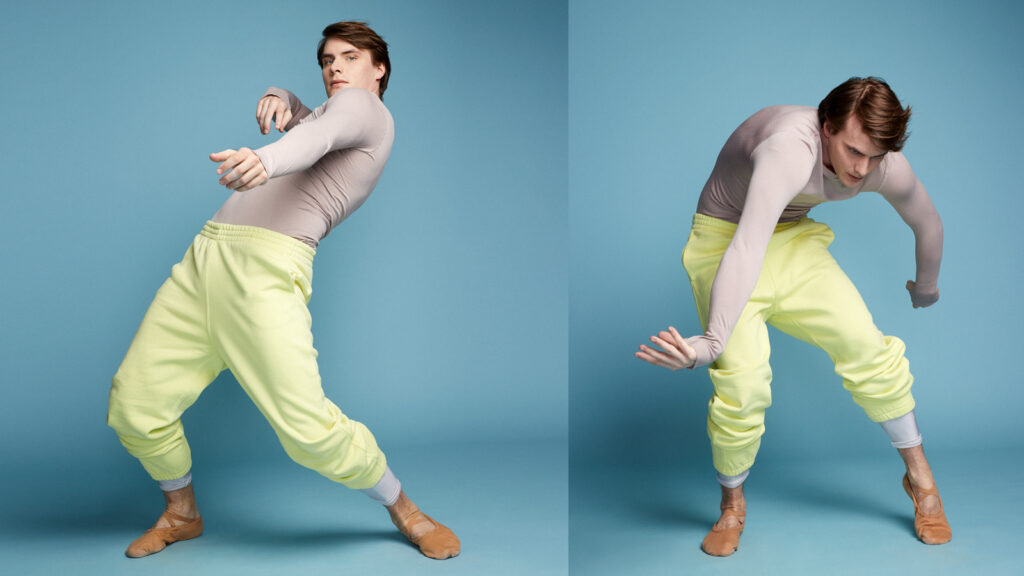
When I dance together with a female dancer, I focus on doing everything as well as possible from the ballerina’s point of view. I try to help and support her without focusing too much on my own performance. I already make it clear in my head at rehearsals what I need to do, so that she can feel safe and comfortable. There’s very little traction when dancing on pointe, meaning it’s down to me to support the ballerina’s balance and give her just the right speed for her pirouettes. When a woman dances in soft ballet shoes, on the other hand, her partner’s job is to guide her moves in different ways. It helps that I’m tall, so female dancers tend to me shorter than me, even on pointe. If the female dancer is taller, you just have to adapt, such as dance on demi pointe to ensure that the co-operation doesn’t suffer.
I find the Finnish National Ballet a home-like, natural place to work, having been here since I was a child. Our repertoire for the centenary will be exceptionally good, and I’m proud to perform as part of the group right now.
Text HEIDI ALMI
Photos JONAS LUNDQVIST

